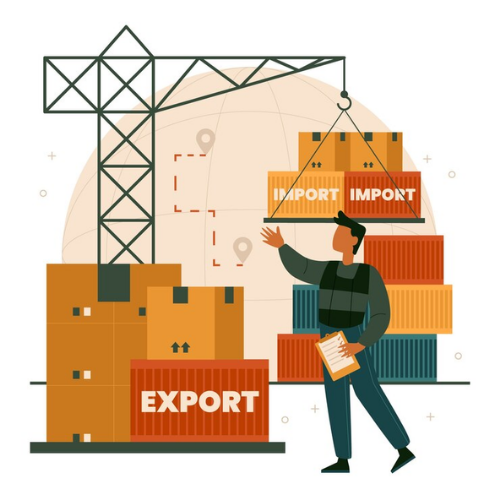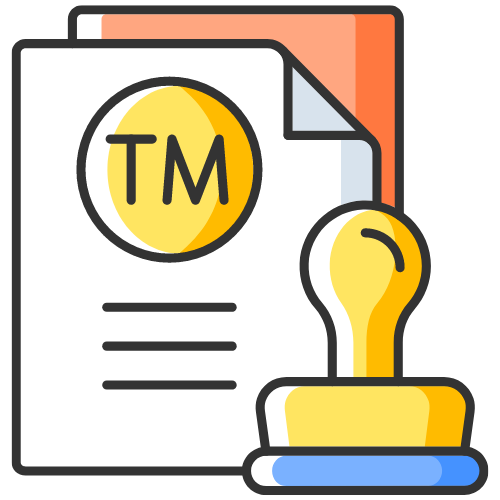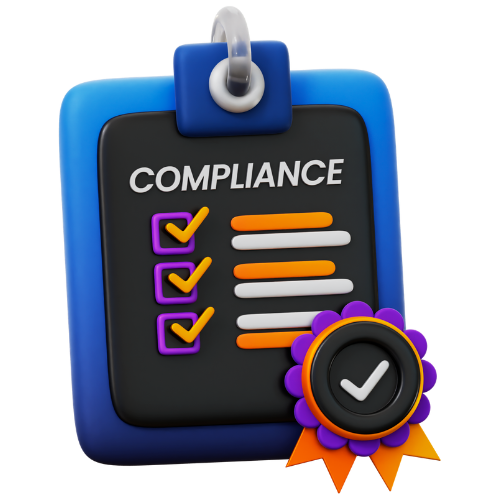The Importance of Documentation in ISO Certification Processes
The Importance of Documentation in ISO Certification Processes is crucial for businesses seeking to achieve compliance and demonstrate their commitment to quality management. Learn why documentation plays a vital role in the ISO certification journey and how it can help companies improve efficiency, transparency, and credibility.
The Importance of Documentation in ISO Certification Processes
When it comes to ISO certification, documentation is key. Documentation plays a vital role in the ISO certification journey for businesses seeking to achieve compliance and demonstrate their commitment to quality management. In this article, we will explore why documentation is crucial in ISO certification processes and how it can help companies improve efficiency, transparency, and credibility.
Why Documentation is Crucial in ISO Certification Processes
ISO certification is a globally recognized standard for quality management systems. In order to achieve ISO certification, businesses must demonstrate that they have documented processes in place to ensure consistency and quality in their products or services. Documentation provides a roadmap for businesses to follow in order to achieve compliance with ISO standards.
Standardized Procedures
Documentation helps businesses establish standardized procedures for their operations. By documenting processes, businesses can ensure that all employees follow the same steps to complete tasks, leading to consistency and quality in the final outcome. Standardized procedures also make it easier to train new employees and ensure that all team members are on the same page.
Audit Trails
Documentation also provides an audit trail for businesses to track their processes and performance. By documenting key activities and decisions, businesses can track their progress towards ISO certification and identify areas for improvement. Audit trails help businesses demonstrate compliance with ISO standards and provide evidence of their commitment to quality management.
How Documentation Helps Improve Efficiency and Transparency
Documentation is not just a requirement for ISO certification – it also helps businesses improve efficiency and transparency in their operations. By documenting processes and procedures, businesses can identify bottlenecks, eliminate redundant steps, and streamline their operations. This, in turn, leads to improved efficiency and cost savings for the business.
Best Practices
Documentation also helps businesses identify and implement best practices within their organization. By documenting successful processes and procedures, businesses can replicate these practices across different departments and locations, leading to improved performance and consistency. Documenting best practices also helps businesses mitigate risks and ensure compliance with regulatory requirements.
Risk Management
Documentation plays a crucial role in risk management for businesses seeking ISO certification. By documenting processes and procedures, businesses can identify potential risks and develop strategies to mitigate them. Documentation also helps businesses prepare for audits and demonstrate compliance with ISO standards, reducing the risk of non-compliance and fines.
The Role of Documentation in Credibility and Continuous Improvement
Documentation is not just about achieving ISO certification – it is also about building credibility and driving continuous improvement within the organization. By documenting processes and procedures, businesses can demonstrate their commitment to quality management and customer satisfaction. This, in turn, builds trust with customers, partners, and stakeholders.
Organizational Structure
Documentation helps businesses establish a clear organizational structure and hierarchy. By documenting roles, responsibilities, and reporting relationships, businesses can ensure that everyone understands their role within the organization and how they contribute to the overall goals. A well-documented organizational structure leads to improved communication, collaboration, and decision-making within the organization.
Continuous Improvement
Documentation is also a key driver of continuous improvement within the organization. By documenting processes, procedures, and performance metrics, businesses can identify opportunities for improvement and track their progress over time. Documentation helps businesses set goals, measure performance, and make data-driven decisions to drive continuous improvement and innovation.
In conclusion, documentation plays a crucial role in ISO certification processes for businesses seeking to achieve compliance and demonstrate their commitment to quality management. Documentation helps businesses establish standardized procedures, provide audit trails, improve efficiency and transparency, build credibility, and drive continuous improvement within the organization. By documenting processes and procedures, businesses can streamline operations, mitigate risks, and ensure compliance with ISO standards. Ultimately, documentation is not just a requirement for ISO certification – it is a foundation for building a culture of quality and excellence within the organization.
Latest Updates
ca4filings.com Services




























-registration.png)



